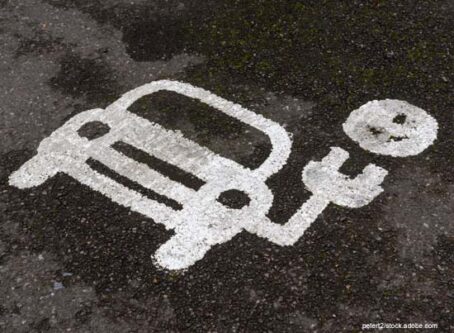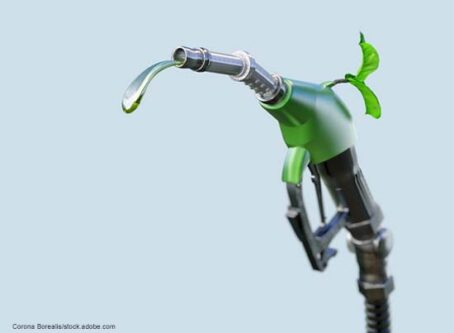Lower driver compensation contributed to drop in truck freight costs
The American Transportation Research Institute’s latest trucking costs data suggest last year was good for carriers, but maybe not so much for drivers.
ATRI’s newest study, “An Analysis of the Operational Costs of Trucking: 2021 Update,” shows the average trucking costs per mile fell 3.1% in 2020 to $1.646 from $1.699. Per hour, costs are showing a similar trend.
According to the data, costs actually went up in most categories. However, significant declines in fuel prices and driver benefits were enough to put downward pressure on total costs.
Trucking costs per mile
Vehicle-based costs by the mile dropped by 5%. Driver-based costs per mile went down 1%.
Among vehicle-based costs, ATRI is reporting a 20% decrease in fuel costs per mile for 2020. Fuel accounts for a third of all vehicle costs. Comparatively, costs for most of the remaining vehicle categories are up:
- Truck/trailer payments (30% of vehicle costs): up 6%
- Repair/maintenance (16% of vehicle costs): down less than 1%
- Truck insurance premiums (10% of vehicle costs): up 23%
- Tires (5% of vehicle costs): up 10%
- Tolls (4% of vehicle costs): up 6%
- Permits/licenses (2% of vehicle costs): down 20%
Although drivers are earning more, it comes at the expense of companies spending less on benefits. Spending on driver benefits is down 10%. However, wages are up 22%. Consequently, overall driver compensation slipped from 74.4 cents to 73.7 cents.
The human behind the wheel is the largest single cost for a truck delivery. Driver compensation reached a record-high 44% share of total costs in 2020. Not calculated in per-mile data, driver bonuses also increased last year.
Going back to data from 2011, there are a few trends. Over the last 10 years, toll costs are up about 118%. Truck/trailer payments have increased by 43%. With the exception of a significant drop in 2019, insurance costs are trending upward by a 30% margin. Although going up and down over the past decade, permit and licensing costs are down by nearly 60%.
Tire and repair/maintenance costs have been mostly stable. Fuel prices are predictably unpredictable but down nearly 50% compared to 2011.
Per-hour costs
Costs per hour went down by a fraction of 1%. Per line item, the story is pretty much the same as the one told by the per-mile numbers.
Fuels costs per hour were down 17% last year. Similar to costs per mile, data reveals spending on driver benefits is down 7%. However, wages are up 5% to nearly $23 per hour.
The pandemic may have contributed the smaller decline in per-hour costs. Average trucks speeds went up last year with less traffic on the roadways. In result, an increase of 1.2 mph to average truck speeds is likely responsible for the smaller drop compared to per-mile costs.
Ten-year trends by percentage are mostly the same as per-mile costs.
Trucking costs by sector, region, fleet size
Truckloads in the Southwest may be the cheapest operations for carriers. For drivers, wages are higher at large carriers.
Trucking costs for truckload and specialized deliveries were mostly unchanged at $1.56 and $1.82 per mile, respectively. On the other hand, the cost to haul less-than-truckload dropped by 7% to $1.72.
By region, hauling in the Northeast is the most expensive at $1.835 per mile. Conversely, the cheapest region for truck operations is the Southwest at a cost of $1.532 per mile. Fuel prices, tolls and driver pay are likely regional factors, according to the study.
More equals less. Small carriers (100 power units or less) spend much more per mile ($1.738) than large carriers ($1.575). Small carriers pay significantly more in truck/trailer payments, repairs/maintenance, tires and insurance. Large carriers spend more only on driver benefits.
However, small carriers pay drivers a higher wage. For the first time since ATRI collected trucking operation costs data, average driver wages are higher at smaller fleets. Drivers at small carriers are paid 58 cents per mile. Large carriers pay 55.6 cents per mile. Accounting for the increase in benefit spending, average driver compensation is higher at large carriers (75.2 cents) than small carriers (69.7 cents).
According to ATRI, 97.5% of carriers have 20 or fewer power units. LL









